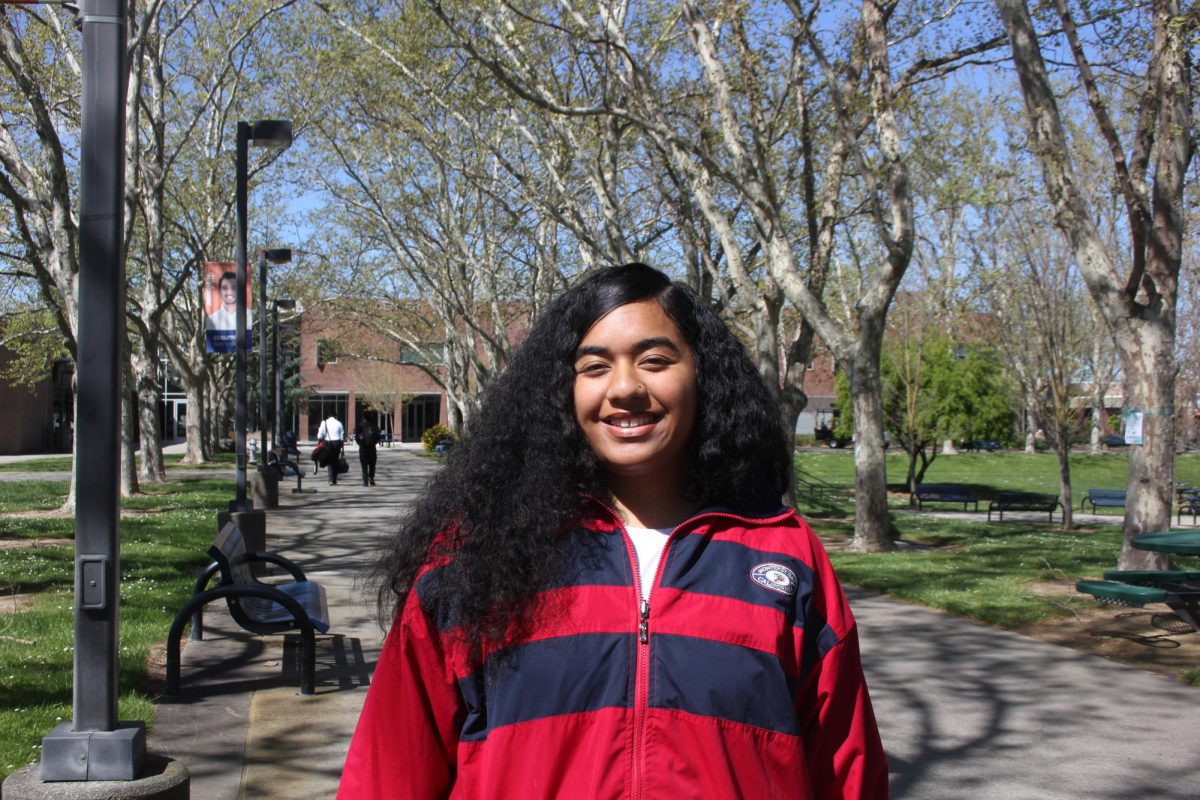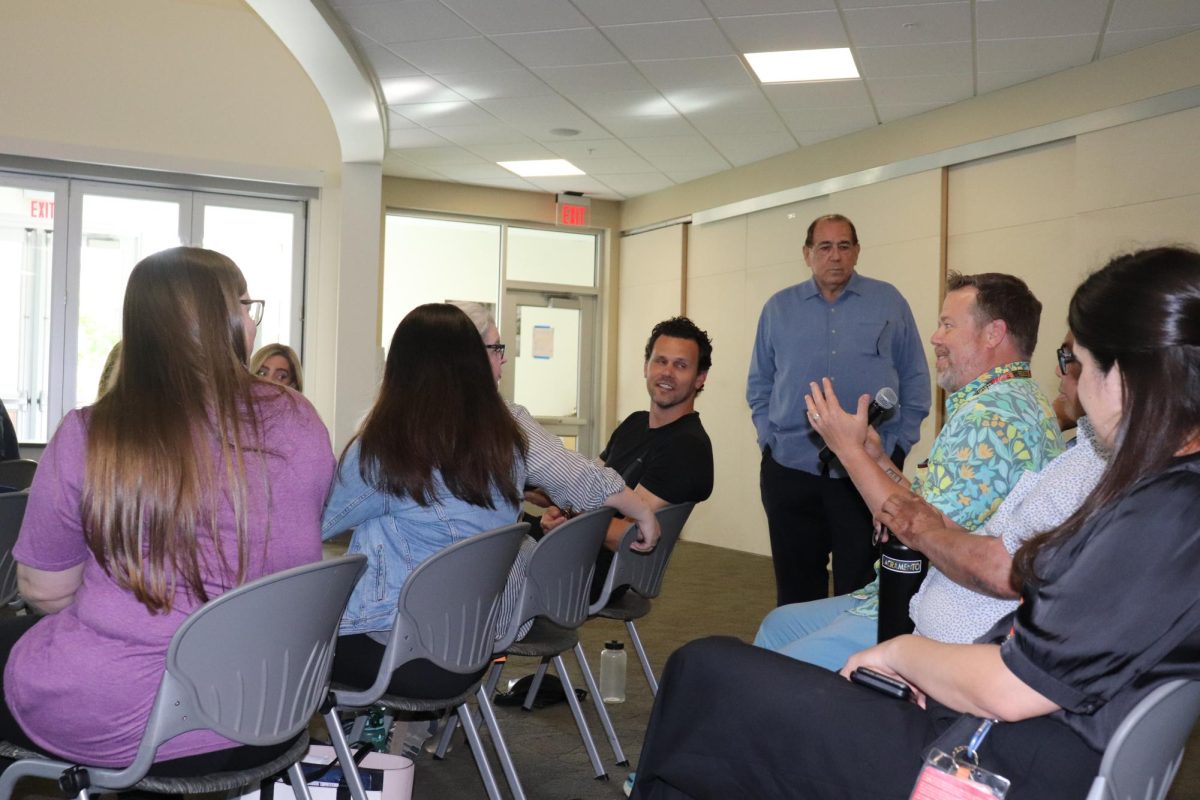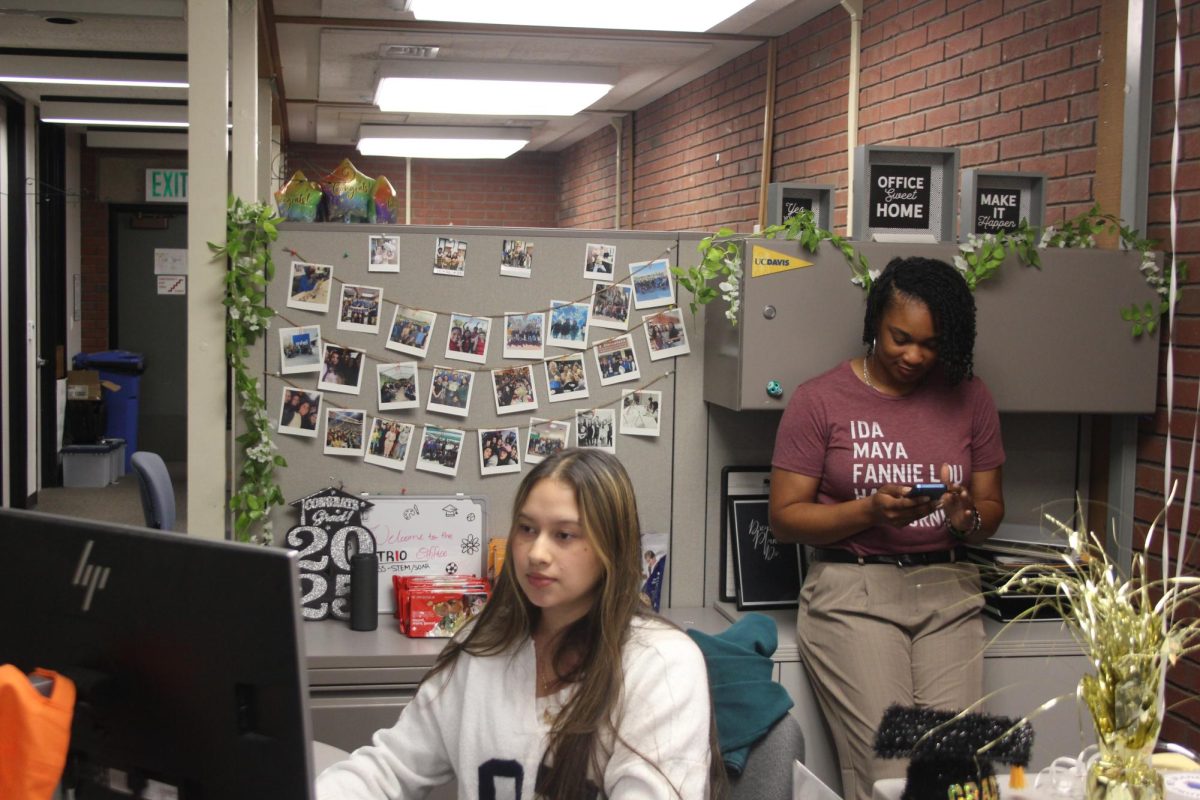Editorial: New degrees can benefit community college
December 8, 2013
Each year students graduating from universities are faced with massive amounts of debt. A good majority of their bills are government loans and financial support from family or private loans.
Attaining a degree has become one of the most expensive feats in someone’s lifetime.
Tuition at California universities alone has skyrocketed and many students find themselves unable to pay for college on their own.
From student loans to credit card debt and money owed to family, the average debt for a college student graduating in 2013 is over $35,000, according to a Fidelity survey of 750 college students.
Even students who spend time at a community college are finding themselves wading through bills because of the costs of higher education.
The costs of attaining a degree from a university are excessive when you add up tuition, textbooks, housing, food and other things included in the college experience.
But what about the students who can’t afford the college experience? A lot of young adults are unable to earn scholarships or financial aid and shudder at the idea of racking up tens of thousands of dollars in loans.
California Community College Chancellor Brice Harris established the Baccalaureate Degree Study Group over the summer to analyze the possibility of offering four-year degrees at community colleges.
While the cost would go up for the upper-division courses required to earn a bachelor’s degree at a community college, it would still cost less than attending a university.
With 21 other states offering four-year degrees at community colleges, it’s no wonder that California is finally considering making this possible for the overwhelming number of community college students in the state.
The community college system here is the largest in the U.S., with 112 campuses and 2.3 million students.
The three-tiered college system in California was established in the 1960s, with the University of California being the highest of higher education while community colleges were more of a gateway into the four-year university system.
The problem with this three-tiered system is the time.
When it was established, many high-school graduates simply weren’t going on to college and the costs of going to a university wasn’t nearly as high.
Even between 1960 and 1969, the number of people who attained bachelor’s degrees increased by almost 400,000 according to the National Center for Education Statistics.
Now it’s nearly impossible to get a good job without a college degree of some sort.
Some members of the study group and other college professors are wondering how the community college system would go about making the necessary changes needed to provide baccalaureate programs to students, according to an article in the LA Times.
It’s not an overnight solution, but in a couple of years, many changes could easily be made such as expanded libraries, labs and more qualified professors.
While offering students the ability to attain Bachelor’s Degrees at a lesser cost, this change could help fill the need for specific occupations in communities such as nursing, automotive technology and biotechnology, according to the LA Times article.
The mission of the community college should not be to simply funnel students into the university system, but to also assist and provide opportunities to the surrounding communities.





